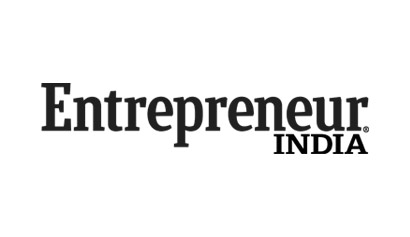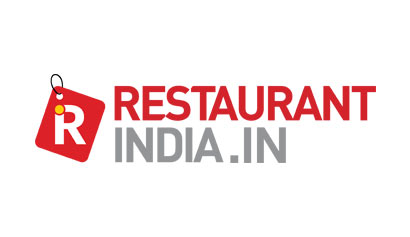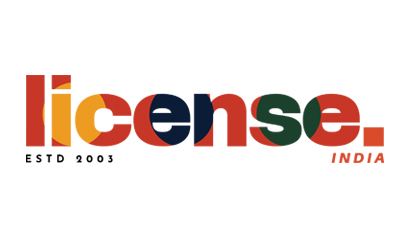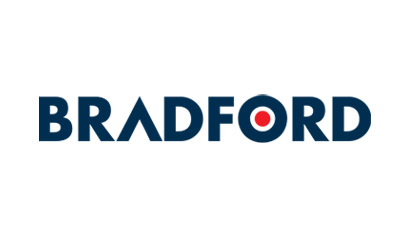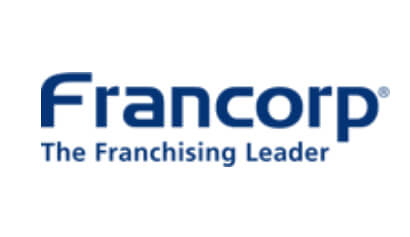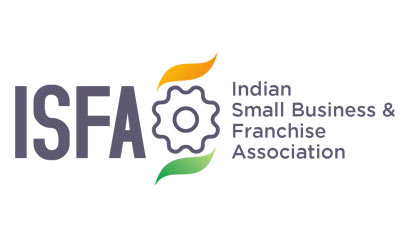To get access to over 10000+ Franchise Business Opportunities.
Network with the growing Business Community to get expert interventions to let you learn to Grow & Expand your Business with Franchising.
How Indian QSR market is providing opportunities to new brands to come in and coexist in the country
The country’s growing food service industry is set to reach $33 billion by 2020, with quick service restaurants (QSR) taking up a healthy share of revenue that is expected to reach $4.1 billion by 2020. The QSR sector in India boasts of nearly 100 brands with over 3,000 outlets. There still exists an opportunity for new brands to come in and coexist in the sector.
Hungry For More
The Indian consumers are increasingly spending a huge amount eating out, which churns up a big appetite for the QSR business. Riding on the growing popularity of western fast food in India, Pizza Hut that currently has about 360 restaurants across 100 cities, plans to double its store count to over 700 by 2020.
“In the medium term, we are planning to double the outlets to over 700 in the next five years. India is one of our most important markets in the long run,” says Unnat Varma, MD, Pizza Hut (India Subcontinent), Yum! Brands.
Besides, submarine sandwich restaurant chain Subway is planning to open around 100 outlets over the next year in India. Talking about investments, Ranjit Talwar, Country Head, Subway Systems India, says: “Given that the brand’s business is 100 per cent franchise-Gulatibased, it may not be feasible to state the likely investments.”
Growth Recipe
To withstand the competition, many players have customized their offerings in terms of flavours, pricing, services etc. to meet consumers’ inclinations. Fast food major McDonald’s has upped its game by launching “next-generation” restaurants in India, as the pressure to reinvent itself is growing in the competitive market. The first-so-ever store was launched in Mumbai, planning to convert a quarter of McDonald’s 250 stores in the west and south India format.
Talking about the format, Amit Jatia, Vice-Chairman, Westlife Development, which runs restaurants in the west and south India, says: “The format is innovative and intended to make the experience of being at a McDonald’s restaurant pleasurable. The consumer can also end up doing a number of things, such as ordering from the kiosk or ordering via the app, in order to save the time. For those who can’t make it to the restaurant, our delivery model is anyway in place to take orders.”
“We typically spend between Rs 2.3 crore and Rs 2.5 crore in a restaurant. Outlets with these features will cost us more by 10-15 per cent of the overall cost,” he added.
Meanwhile, Virginia-based Elevation Burger is also targeting the Indian market. Salman Siddiqui, CEO, Elevation Burger, says: “India is a great market with a fantastic growth story. I see a great opportunity to connect with the younger generations, who are looking for tastier options. We plan to educate and differentiate our brand among a crowded burger market —with a great franchise partner we will be able to convert competitor customers and develop new guests into Elevation Burger fans.” Based in Texas, US, Church’s Chicken (known as Texas Chicken in other countries, including India) is going to be the latest edition in the Indian QSR market.
Certainly, with more international chains entering the Indian market, the rise of QSRs will provide for a dose of strong revenues to its parent companies and the sector in general.


Business Opportunities
Browse By Investment Range
Browse By States
Popular Cities
We value your privacy.
You can unsubscribe anytime




